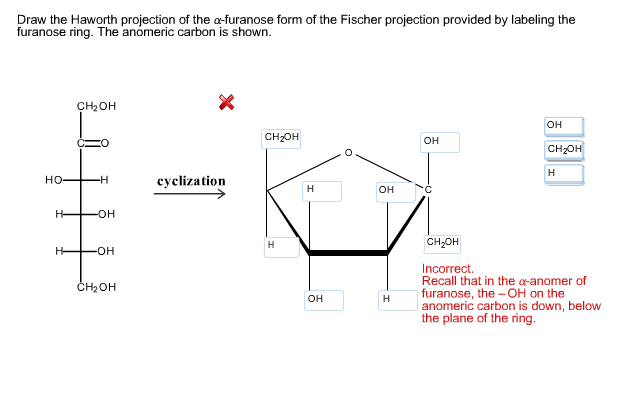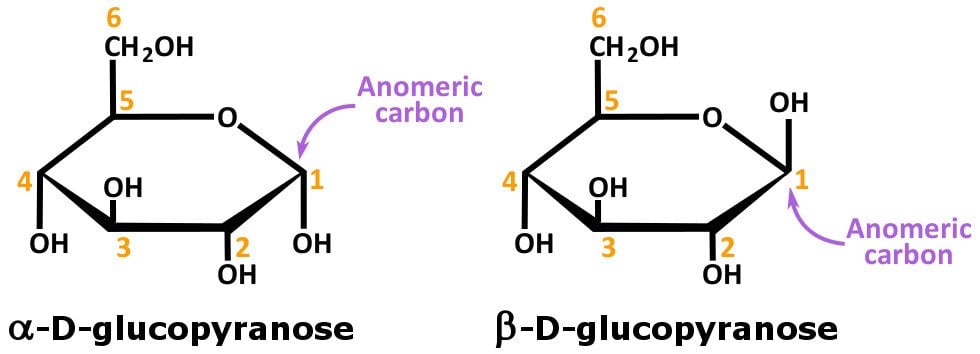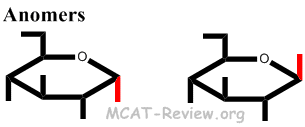

fullerenes), cyanogen, cyanogen halides, cyanamide, phosgene, thiophosgene, hydrocyanic acid, isocyanic acid, isothiocyanic acid, fulminic acid, unsubstituted carbamic acid, and salts of the previously mentioned acids and which contain the same limitations as to a carbon atom. Wherein at least one ring member in a molecule containing a ring of atoms is not a carbon atom.These are considered to exclude saccharide radicals as defined below.Ī compound devoid of a carbon atom and containing a non-metallic element, or a compound containing a carbon atom, and satisfying one of the following criteria: the compound cannot have a carbon atom having direct bonding to another carbon atom, or the compound cannot have direct bonding between a carbon atom and a halogen or hydrogen atom, or the compound cannot have direct bonding between a carbon and a nitrogen atom by a single or double bond.The following are exceptions to the above and are to be considered as inorganic compounds: compounds consisting of only carbon atoms, (e.g. compound containing intramolecular donor-acceptor bonds. Where all ring members in a ring are carbon atoms. Acyclic chains may be linear or branched.

Saccharides, other than sucrose, obtained from natural sources or by hydrolysis of naturally occurring di-, oligo- or polysaccharidesĭescribe compounds in which there is no ring. Using enzymes or microorganisms for the preparation of compounds containing saccharide radicals plasmids, or their isolation, preparation or purification Polysaccharides, derivatives thereofwhich for the purpose of this subclass are defined as having more than five saccharide radicals attached to each other by glycosidic linkagesĭNA or RNA concerning genetic engineering, vectors, e.g. anomeric acetal group) and is classified in C07H.Īlcohols (polyols) of cyclohexane, such as inositolĬompounds of unknown constitution, glycosides

Sugar alcohols that are hydrogenated forms of carbohydrates, whose carbonyl group (aldehyde or ketone) has been reduced to a primary or secondary hydroxyl group, when they do not have an anomeric acetal or ketal (such as xylitol, mannitol, sorbitol).Maltitol ( (4-O-α-D-Glucopyranosyl-D-glucitol) contains a glycosidic linkage (i.e. chemical libraries, in silico librariesĭerivatives of aldonic or saccharic acids Measuring or testing processes involving enzymes or microorganisms compositions therefor processes of preparing such compositionsĬombinatorial chemistry libraries, e.g. Organic dyes or closely-related compounds for producing dyes mordants lakes Macromolecular compounds obtained otherwise than by reactions only involving carbon-to-carbon unsaturated bonds Macromolecular compounds obtained by reactions only involving carbon-to-carbon unsaturated bonds General methods of organic chemistry apparatus therefor catalysis, colloid chemistry their relevant apparatus Uses of cosmetics or similar toilet preparationsĬhemical or physical processes, e.g. Therapeutic activity of chemical compounds Preparations for medical, dental, or toilet purposes as disinfectants, as pesticides or as herbicides pest repellants or attractants plant growth regulatorsīiocidal, pest repellent, pest attractant, or plant growth regulatory activity of chemical compounds or preparationsįoods or foodstuffs Their preparation or treatment Preservation of bodies of humans or animals or plants or parts thereof biocides, e.g.


 0 kommentar(er)
0 kommentar(er)
